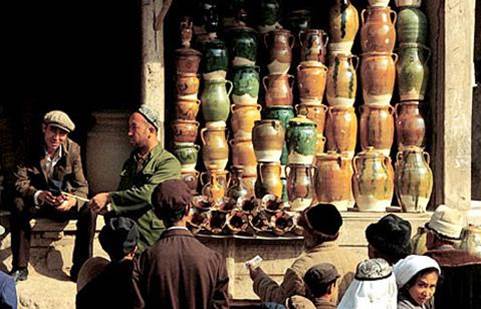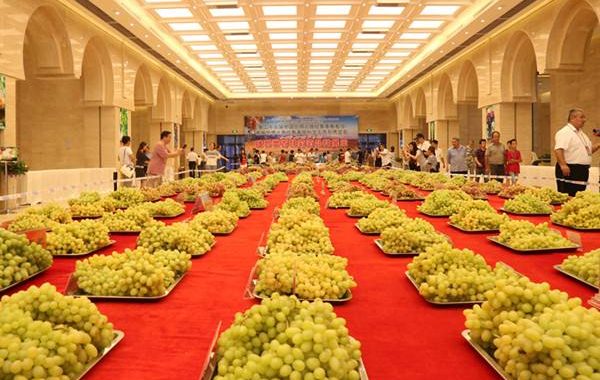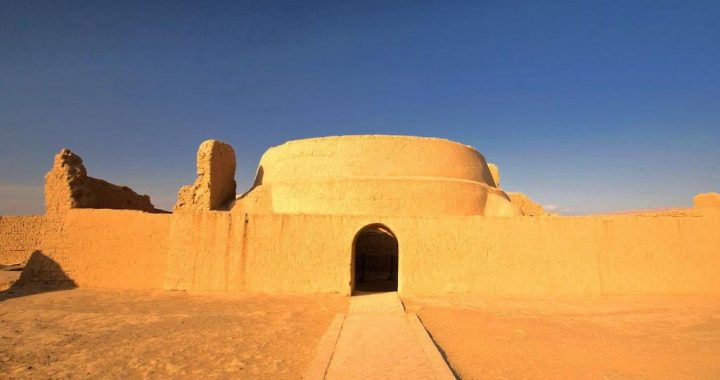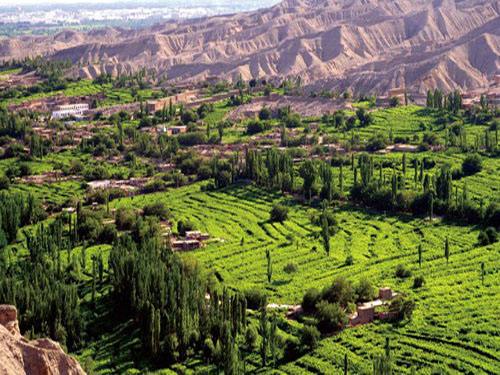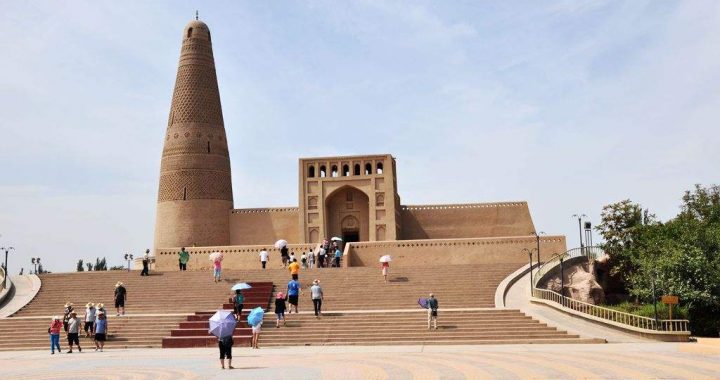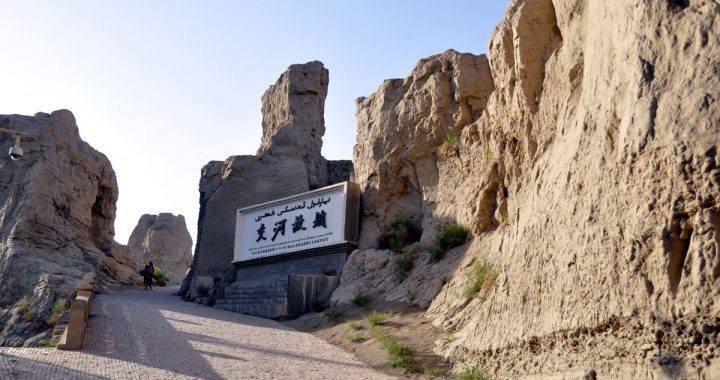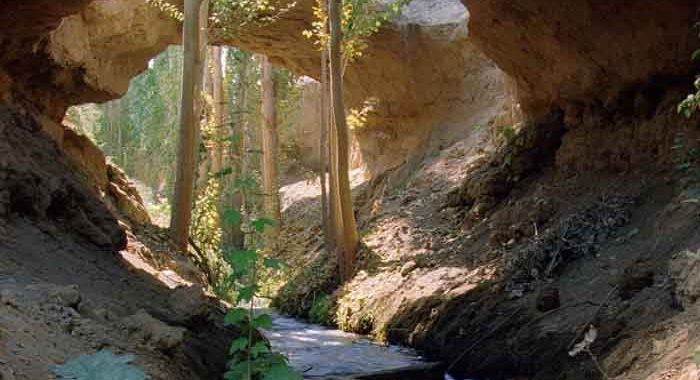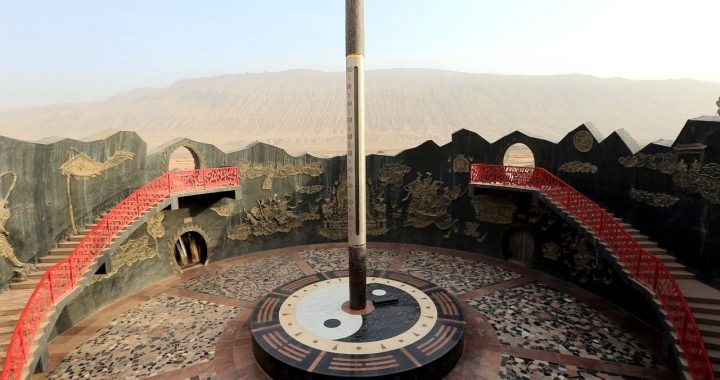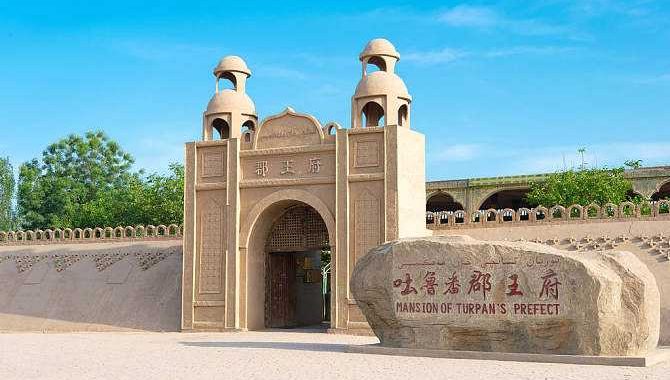Turpan kaner Well
2 min readOne of the most interesting stops on the tour is a Karez Irrigation Site (kanr jing).It’ ‘s the site the locals are most proud of, and rightfully so the irrigation method is probably their greatest contribution to desert dwellers and has been employed as far away as Afghanistan and Iran. More than 2, 000 years ago, it was developed as a way to bring the snowmelt waters of the Tian Shan to the city through a series of wells dug into underground water channels. By transportin the water underground, they were able to prevent evaporation and to keep dust and dirt out of their water supply. The Karez rigation Site is like a museum explaining how the wells are built and maintained and even includes a sample channel and well that you can explore. roing for a snin on their Turpan locals going for a spin on their donkey cart. our near As the sun descends and the tour nears its end, the last stop is the Jiaohe Ruins (jidohe gucheng). Built during the Han dynasty as Chinese garrison town to defend the borderlands, it’s less romantic but better preserved than Gaochang. Although the town was razed by Genghis Khan and his Mongol army, many structures maintain some semblance of their original form. Roads lead clearly through the town and a monastery with statues of the Buddha still stands. The town was built on an island at the confluence of two rivers.
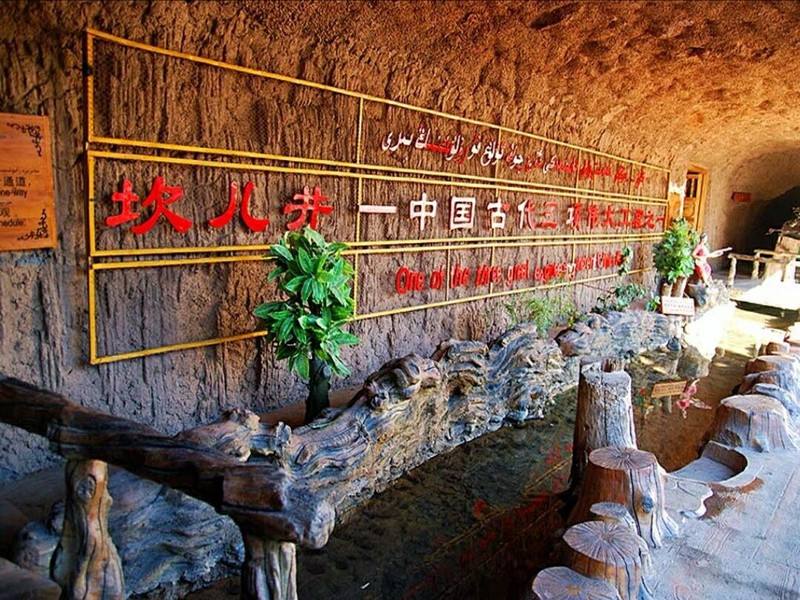
As the tours usually stop here in the late afternoon, the sunlight turns the stone almost golden and shutterbugs can have a field day.
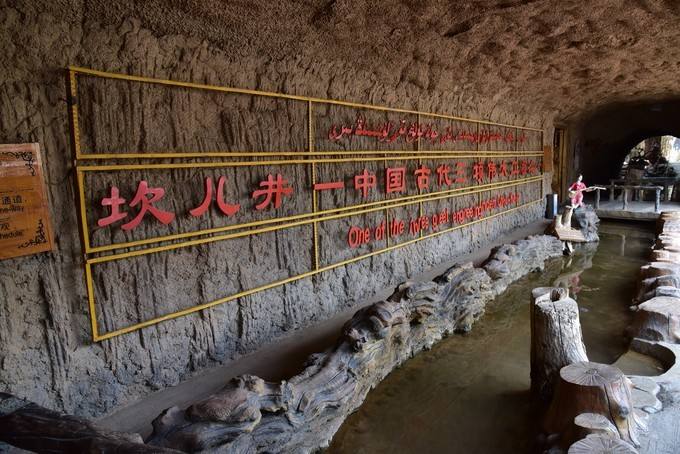
If your driver’s done a good job, tips are always appreciated though never expected.
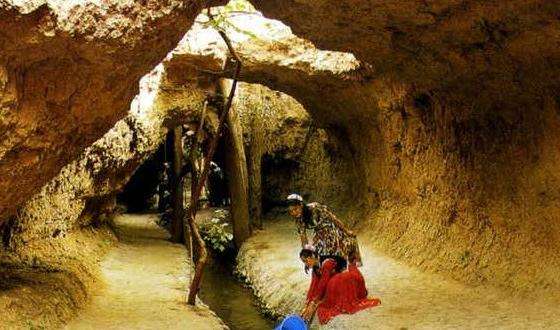
The minibus will usually drop you off back at your hotel where, covered in dirt and dust,rou’11 almost certainly make a long shower becomes the order of the day.
